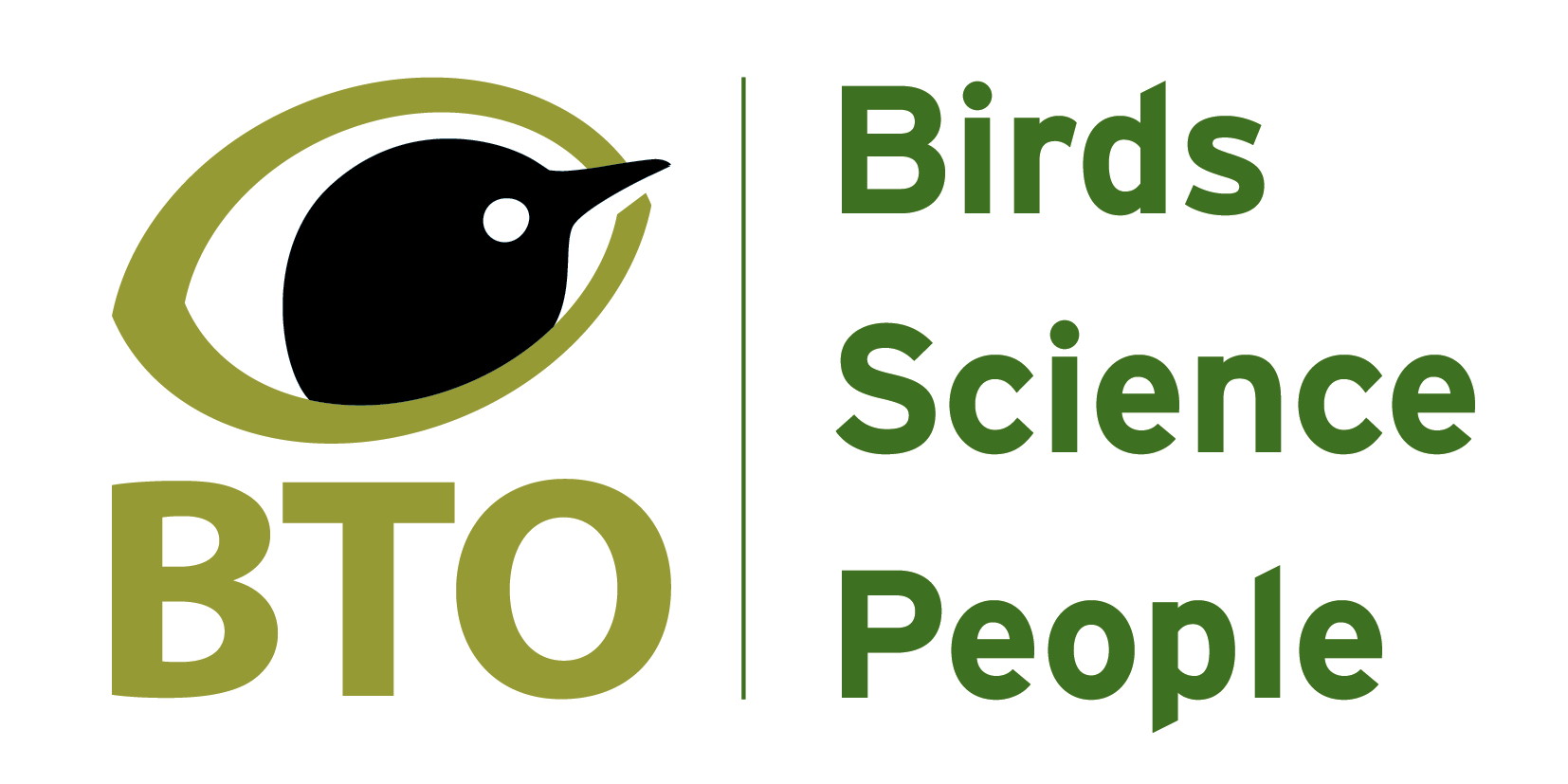2025 is the 50th survey season for the UK Butterfly Monitoring Scheme!
The UKBMS is one of the longest running invertebrate monitoring schemes in the world, having started in 1976. During 2025 we celebrated the achievements of the scheme and acknowledged the incredible contribution of the many thousands of volunteers that have been involved over the last five decades.

50th Anniversary Conference
In October 2025 hosted a celebratory conference in Nottingham to mark the end of the 50th UKBMS survey season, we were joined by UKBMS volunteers from all over the country as well as scheme partners and butterfly researchers. There were talks highlighting how the UKBMS dataset is used to guide conservation efforts and nature recovery, how it contributes to our understanding of insect declines and changing species phenologies, how it is used to guide policy and design urban habitats and how the UK scheme is the seed that grew into a network of other butterfly monitoring schemes across 30 countries in Europe.
Facts and Figures
- 715,000 surveys have been completed
- Volunteer Surveyors have walked a total of 950,000 miles (over 1.5 million km)
- 7000+ sites have been surveyed
- Over 41 million butterflies have been recorded
Meadow Brown is the most recorded species accounting for 28% of records and over 11 million records
A brief history of the UKBMS
The UKBMS began in 1976 with the first official transect being walked at Potton Wood NNR in Bedfordshire by Iain Woiwod on April 10th. In that first year, 39 sites were monitored by transect across England and Wales. The scheme now monitors over 3000 sites annually and more than 7000 sites have been monitored in all.

The method had been devised and tested over the preceding years at the Institute for Terrestrial Ecology (now UKCEH) by Ernie Pollard and his team. The method of transect walks to monitor butterflies is often still referred to as 'Pollard walks'. Ernie Pollard is shown below walking the butterfly transect at Bevill's Wood.
Whilst transects form the backbone of the UKBMS, those data are supplemented by additional methods, including timed counts for priority species and, since 2009, data from the Wider Countryside Butterfly Survey (WCBS). This latter scheme is based on the Breeding Bird Survey (BBS) protocol developed by the BTO.




